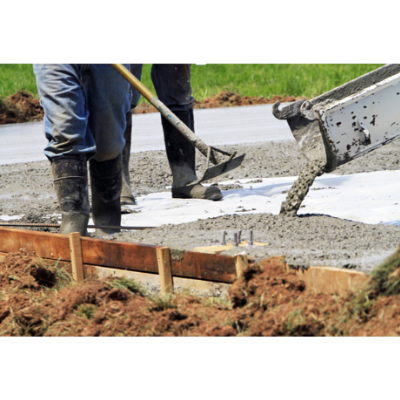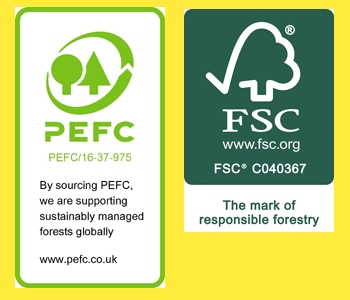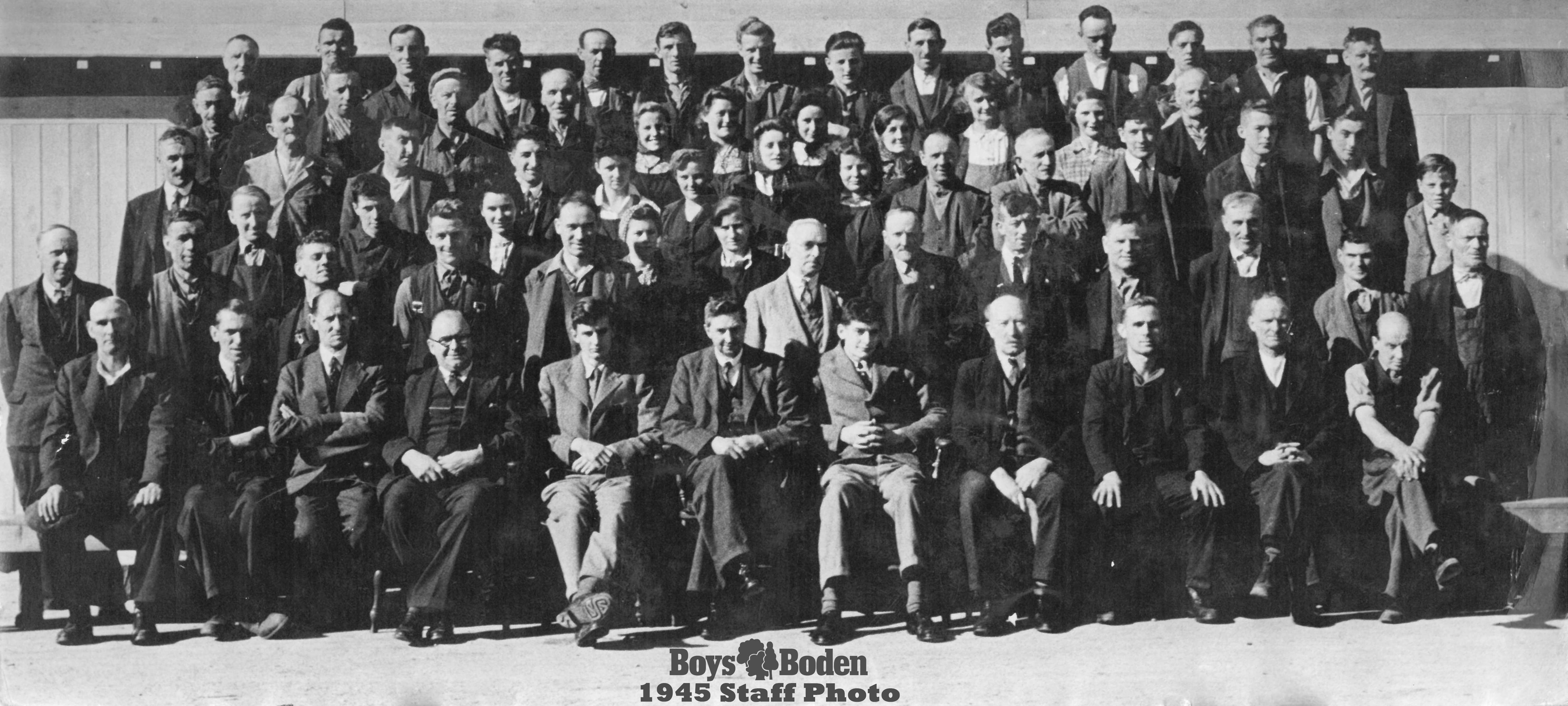What is concreting?
Concreting refers to the process of mixing, pouring, and setting concrete. Concrete is a durable, strong, and versatile building material made from cement, water, aggregates (such as sand, gravel, or crushed stone), and sometimes additives.
The concreting process typically involves preparing the site by clearing and levelling the area, building a formwork to contain the concrete, mixing the concrete ingredients in the correct proportions, pouring the concrete into the formwork, smoothing and levelling the surface, and allowing the concrete to cure and harden.
Concreting is used in a wide range of construction projects, from building foundations, floors, and walls to sidewalks, driveways, and bridges. Properly done, concreting can result in a long-lasting and strong finished product.
1 part Cement
5 parts Sand & Gravel Ballast
1 part SBR

Step-by-Step
Here are the general steps involved in the process of concreting:
1. Site preparation: Before starting the concreting process, the site needs to be prepared. This involves clearing the site of any debris or vegetation, levelling the area, and building the formwork that will contain the concrete.
2. Mixing the concrete: The next step is to mix the concrete. This involves combining cement, sand, aggregates, and water in the correct proportions. The mixing can be done manually or by using a concrete mixer.
3. Pouring the concrete: Once the concrete is mixed, it needs to be poured into the formwork. This should be done quickly and efficiently to prevent the concrete from hardening before it's properly placed. The concrete should be poured evenly to ensure a level surface.
4. Smoothing and levelling the surface: After the concrete is poured, it needs to be smoothed and levelled using a trowel or float. This helps to ensure a flat and even surface.
5. Finishing: Depending on the desired finish, the concrete may need to be finished with a broom or other tool to add texture or grip. Concrete can also be stamped or stained for a more decorative finish.
6. Curing: Once the concrete is finished, it needs to be left to cure. This involves keeping the concrete moist and at a consistent temperature to allow it to harden and reach its full strength. This process can take several days or even weeks depending on the type of concrete and the weather conditions.
7. Removing the formwork: Once the concrete has cured, the formwork can be removed. This should be done carefully to avoid damaging the concrete surface.
By following these steps, you can ensure a strong and long-lasting concrete surface. It's important to note that concreting is a skilled trade, and it's best to hire a professional if you're unsure about any aspect of the process.







